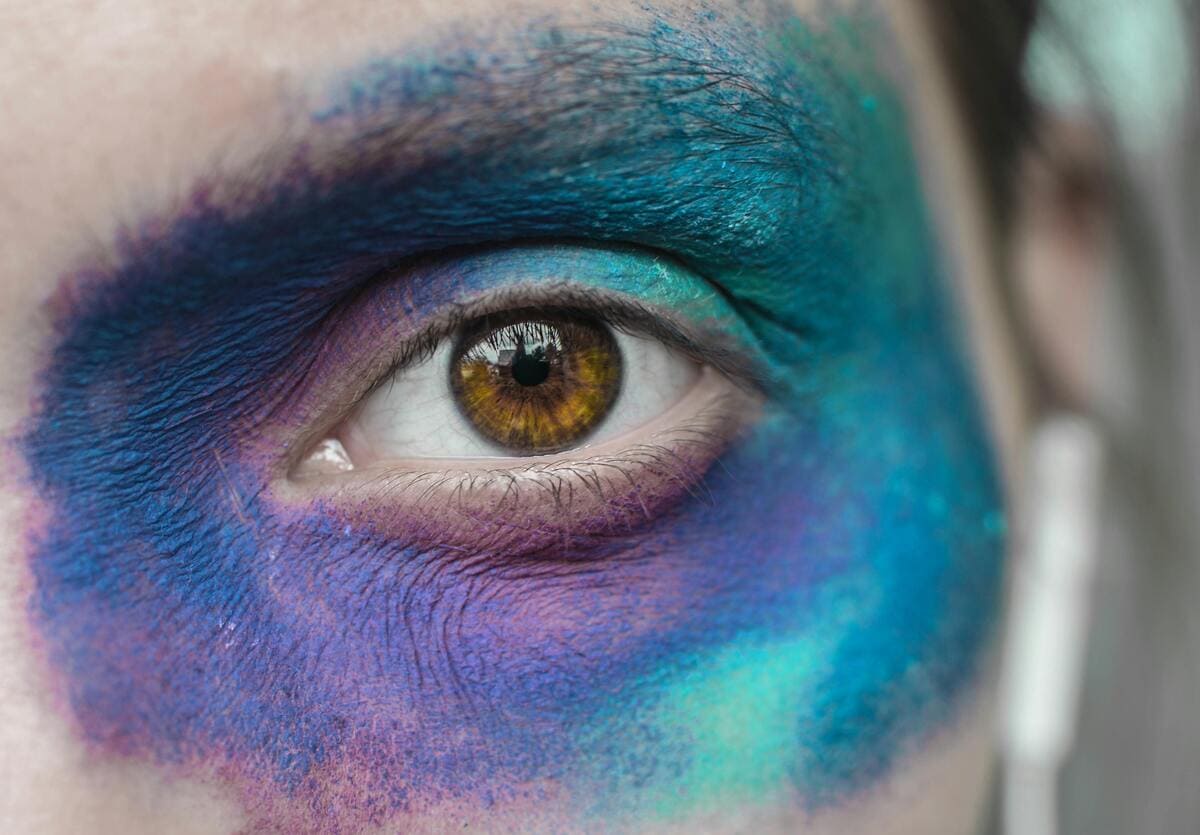
Why Your Eye and Hair Color Matter in Color Analysis
By Emma Jones - 7/10/2025
Have you ever wondered why certain colors make you look radiant, while others leave you looking washed out? The secret lies in personal color analysis, and your eye and hair color play a starring role. Let's dive into the fascinating world of color theory and discover how these unique features can help you unlock your perfect palette.
The Foundation of Color Analysis
Personal color analysis is all about finding the colors that harmonize with your natural features. While skin tone is often the first thing people consider, your eye and hair color are equally important pieces of the puzzle.
Eye Color: Your Color Compass
Your eyes are more than just windows to your soul – they're also a key indicator of which colors will make you shine. Here's why:
- Contrast and Clarity: Colors that echo the hues in your iris can make your eyes appear brighter and more vibrant.
- Undertone Hints: The flecks and variations in your eye color often reflect your skin's undertone, guiding you towards your most flattering shades.
- Color Temperature: Cool-toned eyes (blue, gray) often pair well with cool colors, while warm-toned eyes (brown, amber) harmonize with warmer hues.
Hair Color: Your Natural Frame
Your hair color acts as a frame for your face, influencing how colors interact with your overall appearance:
- Contrast Level: The natural contrast between your hair and skin helps determine whether you look best in bold or subtle color combinations.
- Undertone Reinforcement: Like your eyes, your hair color can provide clues about your skin's undertone, further refining your ideal color palette.
- Seasonal Guidance: In traditional color analysis, hair color is a key factor in determining your "season" – spring, summer, autumn, or winter.
Putting It All Together: Your Unique Color Story
When you consider your eye and hair color alongside your skin tone, you create a comprehensive color profile that's uniquely yours. This holistic approach ensures that the colors you choose not only look good on paper but truly enhance your natural beauty.
Benefits of Understanding Your Color Profile
- Effortless Style: Knowing your best colors simplifies shopping and outfit planning.
- Confidence Boost: Wearing colors that complement your features can significantly improve your self-image.
- Versatility: A well-curated color palette allows for endless mix-and-match possibilities.
How to Use Your Eye and Hair Color in Practice
Ready to put this knowledge to work? Here are some practical tips:
- Observe Natural Harmony: Look for colors that appear naturally in your iris or hair. These often make excellent choices for clothing and accessories.
- Experiment with Contrast: If you have dark hair and light eyes (or vice versa), play with high-contrast looks to make your features pop.
- Consider Seasonal Changes: Remember that hair color can change with the seasons or salon visits. Adjust your color choices accordingly.
Beyond the Basics: Advanced Color Analysis
While eye and hair color are important, they're part of a larger picture. For a truly comprehensive color analysis, consider:
- Professional Consultation: A trained color analyst can provide in-depth insights tailored to your unique features.
- Digital Tools: Some apps and websites offer virtual color analysis based on photos and questionnaires.
- Continuous Learning: As you experiment with different colors, keep notes on what works best for you.
Embrace Your Unique Palette
Remember, color analysis is a tool to enhance your natural beauty, not a rigid set of rules. Use the insights gained from understanding your eye and hair color to guide your choices, but don't be afraid to break the "rules" if a color brings you joy.
By embracing the colors that make you look and feel your best, you'll radiate confidence and style in every situation. So go ahead, dive into the world of color analysis, and let your true colors shine!
Take your style to the next level with a professional analysis
You already know the theory. Now discover exactly which colors and styles enhance your personal image.
Loading...
Complete PDF report in less than 5 minutes
Your color season and personalized palette
Specific makeup and clothing recommendations
Based on professional color analysis
One-time investment:
One-time payment, no subscriptions. Instant access.